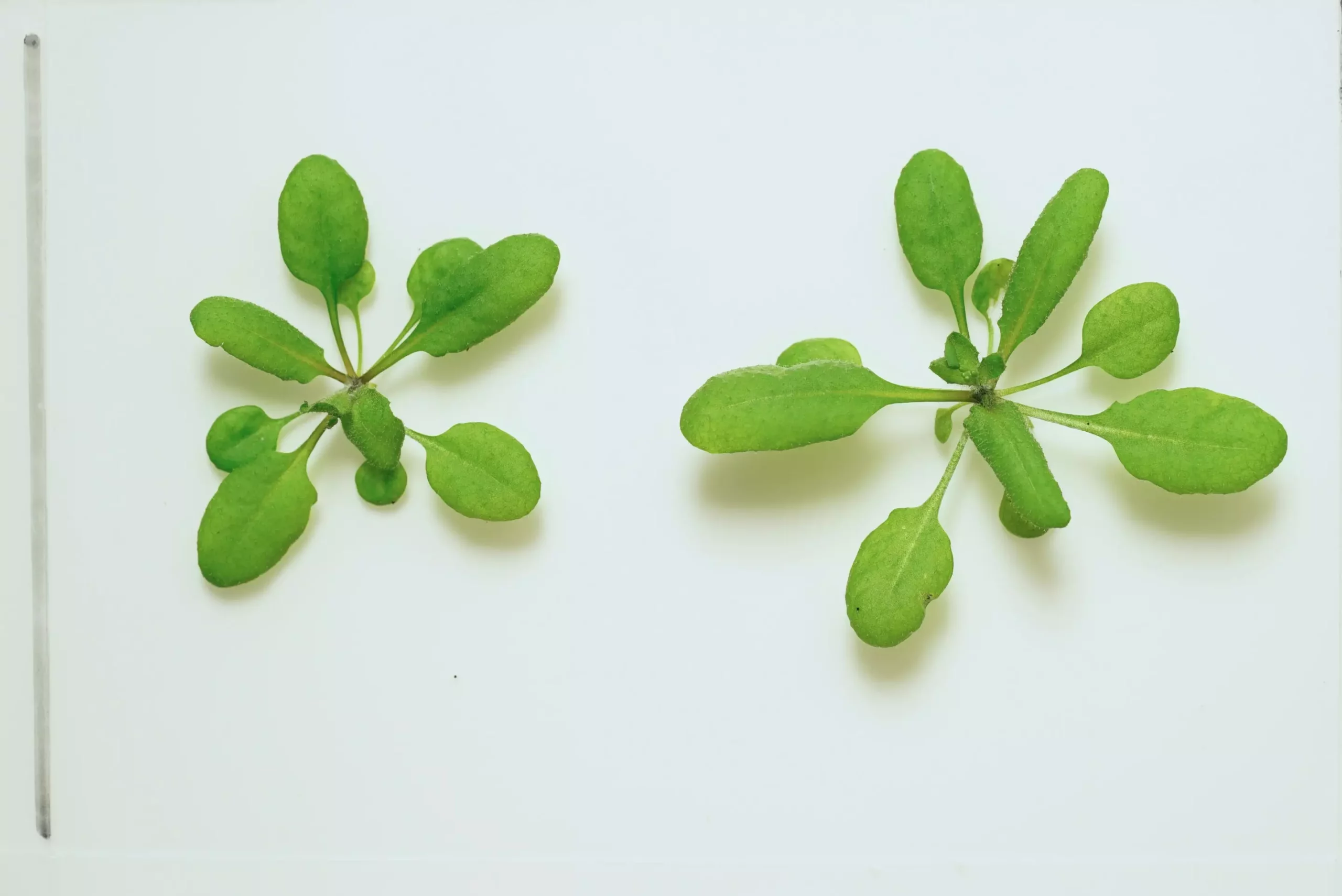Imagine if your houseplant could warn you when your water is contaminated. This vision is no longer just a concept, as scientists have made significant progress in engineering plants to sense and react to toxic chemicals. Researchers at UC Riverside have successfully developed a plant that turns beet red in the presence of a banned pesticide, without compromising its ability to grow and function. This groundbreaking achievement has the potential to revolutionize environmental monitoring and provide early warnings for chemical hazards.
The key challenge that the UC Riverside scientists had to overcome was creating an environmental sensor without interfering with the plant’s natural metabolism and functions. Previous attempts at biosensors disrupted the plant’s ability to grow towards light or respond to stress by using water. However, the researchers managed to solve this engineering puzzle by utilizing a protein called abscisic acid (ABA) found in plants. ABA helps plants adapt to environmental changes, particularly during droughts. By harnessing the plant’s natural response to ABA, the researchers were able to develop a biosensor that reacts to a specific chemical without disrupting the plant’s normal functions.
In their study published in the journal Nature Chemical Biology, the UC Riverside team explained the process behind their plant biosensor. The first step involved training the ABA receptor proteins to bind to a chemical other than ABA. Once a receptor binds with this specific chemical, the plant undergoes a color change, turning beet red in this case. The researchers successfully demonstrated this phenomenon using azinphos-ethyl, a toxic pesticide banned in many regions due to its harmful effects on humans. This breakthrough opens up possibilities for creating plants that can visually indicate the presence of various hazardous chemicals in the environment.
Beyond plants, the researchers also explored the potential of utilizing other living organisms as sensors. Yeast, a common microorganism, was successfully engineered to respond to two different chemicals simultaneously. However, achieving this level of multiple chemical detection capabilities in plants has its limitations. Scientists envision a future where a single plant could sense and react to a wide range of banned pesticides, offering an all-in-one solution for monitoring and environmental health. While this idea is promising, there are currently technological and engineering constraints that need to be addressed before such a comprehensive sensing capacity can be achieved.
It is important to note that the engineered plants developed by the UC Riverside team are not currently being grown commercially. Regulatory approvals and extensive testing would be required before these plants could be implemented on a larger scale. Nevertheless, these developments lay the foundation for a new era of environmental monitoring. By creating plants that can detect various chemicals, including pesticides and pharmaceuticals, we can potentially address concerns about water contamination and human exposure to harmful substances. The visual response provided by these biosensor plants could offer a simple and cost-effective method for monitoring environmental health.
The ability to engineer plants that can detect toxic chemicals represents a significant advancement in environmental monitoring. The work conducted by the UC Riverside researchers in developing a plant biosensor without compromising its natural functions has opened up new possibilities for detecting hazardous substances in the environment. While there are still challenges to overcome and further research to be done, the vision of having plants as environmental sentinels is becoming closer to reality. By leveraging nature’s own mechanisms, we may soon have an early warning system for detecting and addressing chemical hazards. Ultimately, this innovative technology has the potential to protect human health and ensure a safer environment for future generations.



Leave a Reply